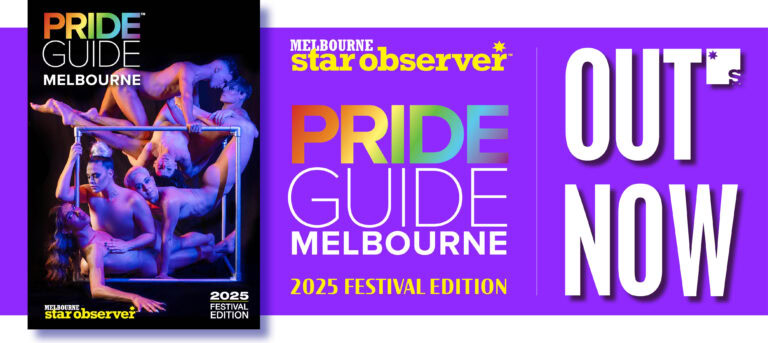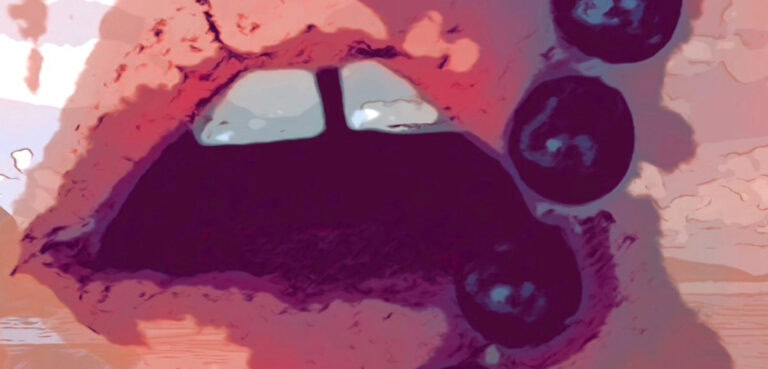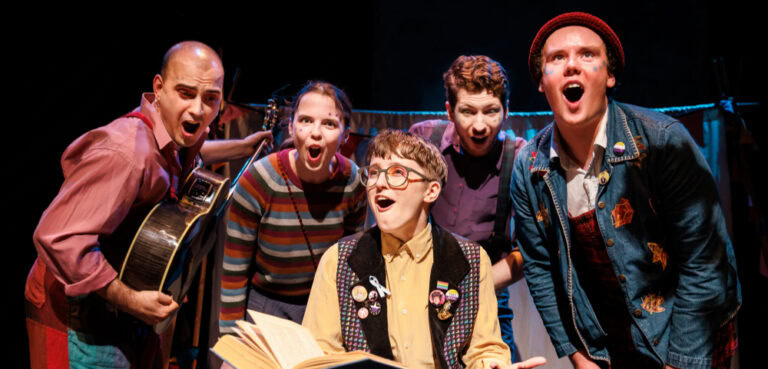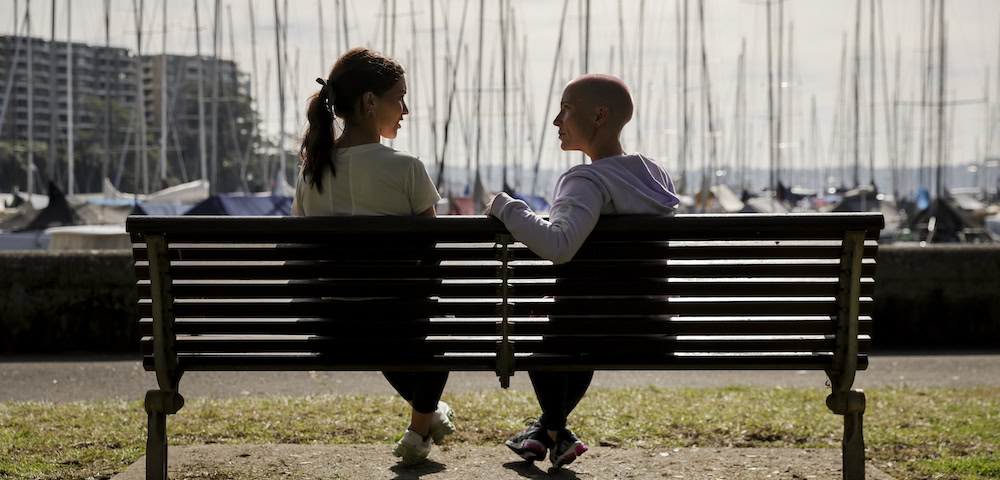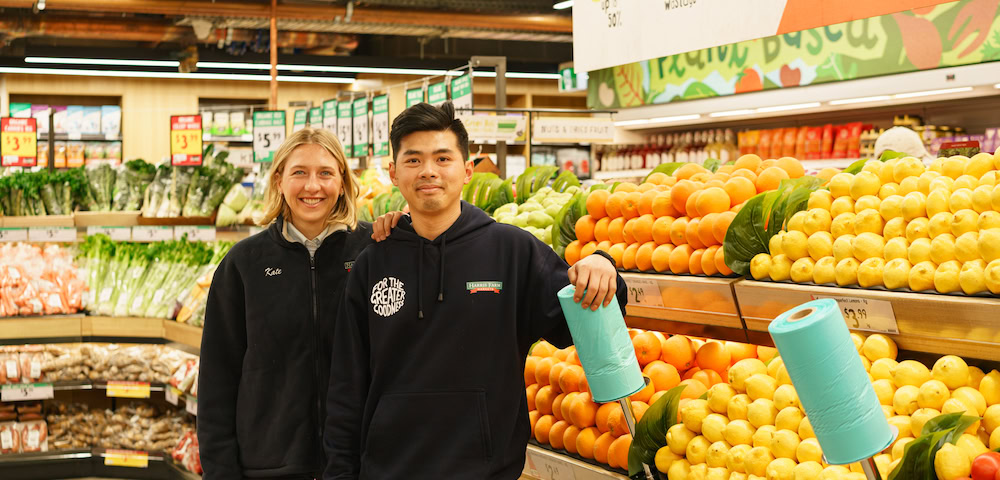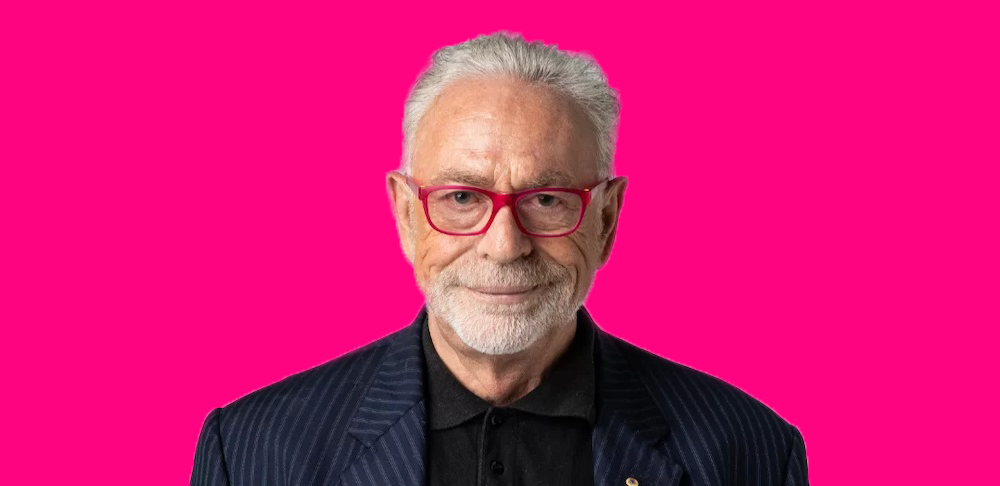
The motivations behind donations
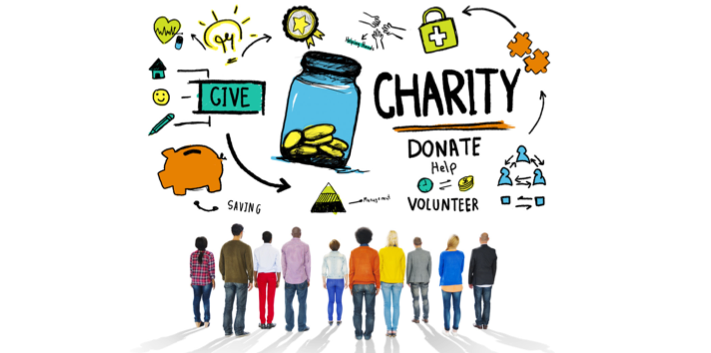
GIVING to charity is hardly unusual.
In fact around 4.5 million Australians dig deep, annually donating $2.4 billion.
But few people give as consistently as Neil Galletly who, for the last 15 years, has donated monthly to the Bobby Goldsmith Foundation (BGF), a Sydney-based charity that provides support for people living with HIV.
The reason is close to home — his brother John knew Bobby Goldsmith personally back in the early 1980s.
[showads ad=MREC]“John was one of the first group of people to help Bobby, to help this lad through this strange illness,” says Galletly, a financial planner and father of two from Berry in southern NSW.
“He couldn’t work, he needed round-the-clock care and John and a couple of friends were trying to figure out what they could do for people like Bobby Goldsmith.”
Galletly’s brother would go onto become the first president of the foundation subsequently set up in Goldsmith’s name.
“As it turns out John was HIV+ as well,” he says.
“He died of AIDS and I thought I’d [donate], initially as a memorial to John, and over the years I’ve kept doing it because I know they do good work.”
Galletly’s motivation is one that Chris Wootton, acting chief executive at Philanthropy Australia (PA) — the sector’s peak body — is familiar with.
“Often giving is the result of an emotional decision… based on some experience they’ve had, for example if a loved one died of a particular disease, they may be inclined to give towards an organisation researching to find a cure for it,” Wootton says.
According to his organisation, most giving comes from everyday Australians who donate relatively small amounts to well-known charities but there is also strong growth in giving from wealthy individuals often through their own private foundations.
There’s no doubt philanthropy has been on an upward swing in Australia, with the average tax-deductible donation in 2013 totalling $504, according to the PA — three times the amount a decade before.
Galletly says he favours donating month-by-month as it helps charities predict their income more accurately.
“Small regular contributions make very little difference to me but they can make an enormous difference to people in dire need,” he says.
In addition to BGF, Galletly also sponsors several children overseas and donates regularly to the Salvation Army.
Nevertheless, he says he doesn’t consider myself to be a particularly charitable person.
“It’s just that we are very fortunate in this country compared to lots of people and it would be extremely poor to not help those who aren’t well off,” Galletly says.
Meanwhile, Julianne Sanders — who recently made a donation to the Sydney-based Aurora Foundation at their glitzy annual ball — thinks otherwise.
“I would consider myself to be a philanthropist,” says Sanders, who lives in Stanmore in Sydney’s inner west and works in strategic communications.
“Philanthropy is planned — giving how much you can afford — and that can make a massive difference be that $2 out of your pay or $200 million.”
Held in June, the Aurora Ball managed to rake in more than $70,000 to benefit LGBTI youth group Twenty10 as well as a host of smaller community organsiations and projects.
“I wanted to help fund really fabulous programs that help people have a better life,” Sanders says.
She adds that one of the pluses is seeing initiatives she has had a stake in succeed.
This not only includes Aurora but also Gayby Baby, an acclaimed Australian documentary about the lives of children brought up by same-sex parents, which Sanders also donated to. The documentary now touring the global film festival circuit.
However, worryingly, the growth in giving is now slowing.
According to the NAB Charitable Giving Index, donations grew by just two per cent in the year to February compared to 10 per cent the year before with the blame laid on a tightening of the purse strings on non-essentials.
This is especially concerning for LGBTI causes which primarily attract donations from only a small percentage of Australians.
One experience relayed to the Star Observer, by someone who used to donate, was that he rarely heard from the LGBTI organisations he gave to, and often only once a year when they were spruiking for funds to coincide with Mardi Gras or other major events.
“GLBTI organisations need to be out there talking more about philanthropic opportunities,” says Ian Gould, treasurer of the Gay and Lesbian Foundation of Australia (GALFA).
Like Aurora, GALFA brings in donations, pools and then distributes them — its focus being on LGBTI ageing and homelessness projects.
“Mainstream philanthropy doesn’t have a focus on GLBTI Australians and so GLBTI issues are underfunded,” Gould says.
“By supporting GLBTI philanthropy a donor can make sure they are supporting our community.”
Hugo Stokes, a market and social researcher from Paddington in Sydney’s east, is a cool $5000 lighter after bidding on and winning, among other things an Henri Matisse lithograph — again at the recent Aurora Ball.
He says his wallet was loosened by hearing of Aurora’s work with small groups that might struggle to raise funds on their own.
However, he’s disappointed by the lack of public giving in Australia, which while ahead of the UK is some way behind the US.
“It’s almost expected in America and [yet] we have wealthy people in Australia who don’t give — and that’s just mean,” Stokes says.
Those struggling to make ends meet excepted, Stokes says everyone should try and give.
“Give within your means but give what you can… otherwise we end up being a society who looks after ourselves rather than others,” he says.
For Sanders, the rationale for donating is equally clear.
“I can afford to give back to my community and I really believe it’s my responsibility to give back to my community,” she says.
“But there is a warm and fuzzy feeling as well, there is a bit of that.”
_______________
Three ways to donate:
1. Direct to an organisation
If you know exactly who you want to support, the easiest way is to head to their website. Heaps of LGBTI organisations are looking for donations including ACON, the Victorian and Queensland AIDS councils, Queer Screen, Melbourne Queer Film Festival and the Australian Gay and Lesbian Archives. Your donations are tax-deductible if made to an organisation with deductible gift recipient status.
2.Through a foundation
If you’re not sure who to support, foundations can help your funds go further by pooling donations and sending them to a variety of charitable organsiations and projects or to provide scholarships. Foundations focused on the LGBTI community include GALFA, the Pinnacle Foundation and Aurora.
3. Giving circle
A relatively new concept in Australia, a giving circle is similar to a foundation but more hands on. People wishing to donate come together and decide between them what causes to gift funds or time to.
[showads ad=FOOT]
